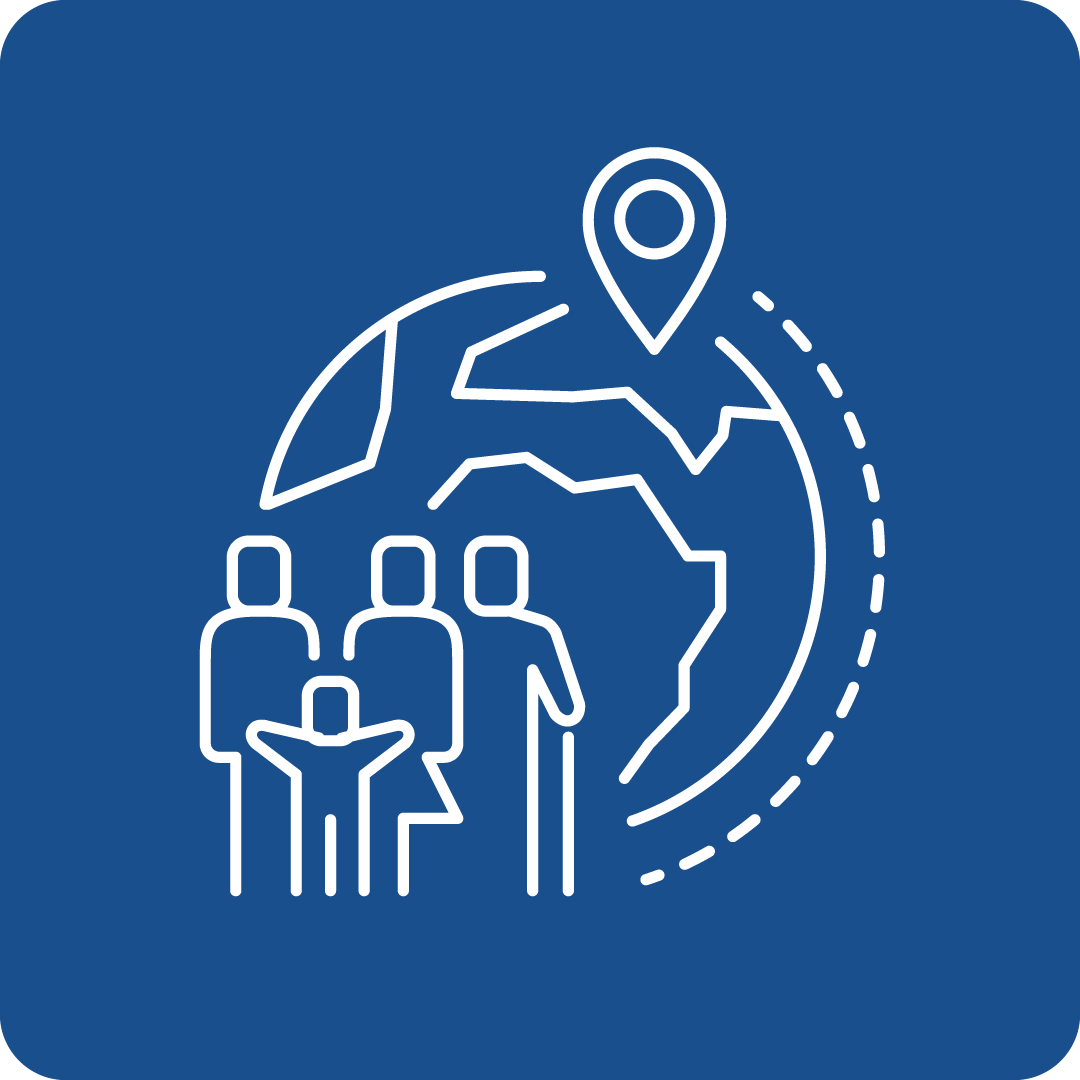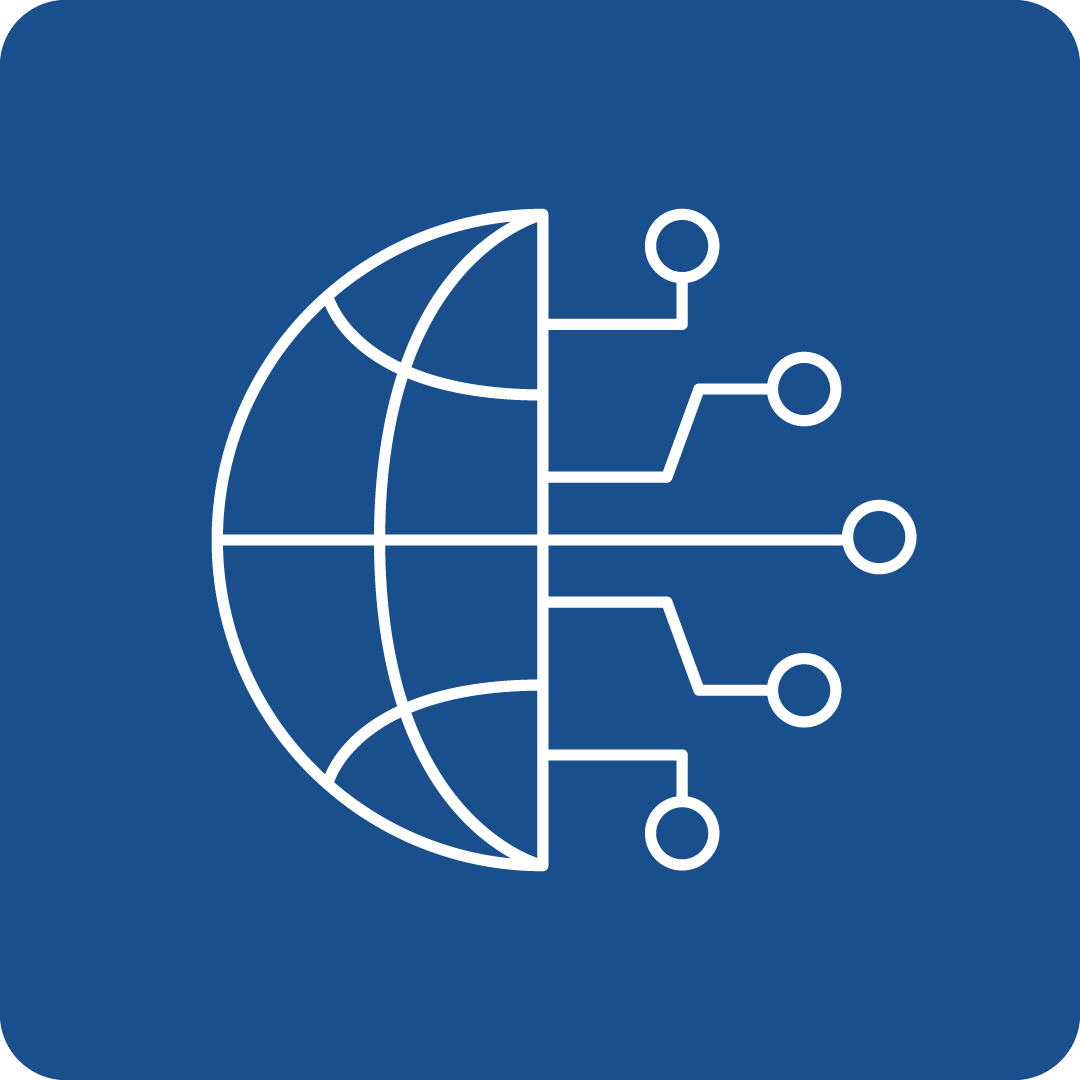Filter Search for grants
Call Navigation
Deadline expired
The deadline for this call has expired.
Call key data
Detection and tracking of illegal and trafficked goods
Funding Program
Horizon Europe: Cluster 3 - Civil security for society
Call number
HORIZON-CL3-2024-BM-01-05
deadlines
Opening
27.06.2024
Deadline
20.11.2024 17:00
Funding rate
100%
Call budget
€ 6,000,000.00
Estimated EU contribution per project
€ 3,000,000.00
Link to the call
Link to the submission
Call content
short description
Projects should aim at improving capabilities for European customs of detection, tracking and risk-based anticipation.
Call objectives
European customs need improved capabilities that allow bettering and automatically detecting from traces; interpreting images from scanned cargo; interpreting data; tracking goods; and/or identifying anomalies that support the detection of threats, smuggling or illicit trade eliminating or minimizing disruption to the trade flow. The proposed system should hence advance and/or combine as much as possible the components of detection, tracking and risk-based anticipation.
On detection, the proposed solution(s) could include trustworthy algorithms for recognition that minimise false positives and biases. Proposed research could include, for example, image (shape) recognition and interpretation, and/or a trace detection approach
On tracking, the research can propose and explore, for example, technologies for improved traceability of goods and items that could be illicitly trafficked using non-invasive markings.
On risk-based anticipation, the proposed solution(s) can leverage automated image recognition and interpretation capability coupled with data analytics, such as using advance cargo information in order to anticipate and detect security risks prior to goods’ arrival at the EU external borders.
The research project can test one or more specific use cases, such as (non-exhaustive examples): art; cultural goods; waste and other environmentally risky material, including radioactive ones; valuables; and/or dangerous items either assembled or disassembled.
Improving energy efficiency and environmental impact aspects of new security technologies for this capability (e.g. low environmental footprint, low emissions, circular economy aspects and/or self-sustained equipment) would be desirable.
Examples of technologies and approaches that can be explored by the research projects include (non-prescriptive and non-exhaustive): scanning (vision), detectors/”sniffers” (traces), nanotechnology, blockchain/DLT, artificial intelligence.
Research projects should consider, build on (if appropriate) and not duplicate previous research, including but not limited to research by other recent EU Framework Programmes projects on security research.
Proposals should delineate the plans for further development to subsequent TRLs as well as uptake (industrialisation, commercialisation, acquisition and/or deployment) at national and EU level, should the research deliver on its goals. The results of the research should be taken up by EU customs authorities in the framework of the Customs Union “acting as one”, with the support of the Customs Control Equipment Instrument (CCEI).
The involvement of Police Authorities is encouraged, as well as synergies with relevant topics of the Fighting against Crime and Terrorism Destination.
read more
Expected results
Projects’ results are expected to contribute to some or all of the following outcomes:
- Contributing to development of fully automated customs control checkpoints;
- Enhancing detection capabilities for customs security, while facilitating trade.
Eligibility Criteria
Regions / countries for funding
Moldova (Moldova), Albania (Shqipëria), Armenia (Հայաստան), Azerbaijan (Azərbaycan), Belarus (Беларусь), Bosnia and Herzegovina (Bosna i Hercegovina / Босна и Херцеговина), Faeroes (Føroyar / Færøerne), Georgia (საქართველო), Iceland (Ísland), Israel (ישראל / إِسْرَائِيل), Kosovo (Kosova/Kosovë / Косово), Montenegro (Црна Гора), Morocco (المغرب), New Zealand (Aotearoa), North Macedonia (Северна Македонија), Norway (Norge), Serbia (Srbija/Сpбија), Tunisia (تونس /Tūnis), Türkiye, Ukraine (Україна), United Kingdom
eligible entities
Education and training institution, International organization, Non-Profit Organisation (NPO) / Non-Governmental Organisation (NGO), Other, Private institution, incl. private company (private for profit), Public Body (national, regional and local; incl. EGTCs), Research Institution incl. University, Small and medium-sized enterprise (SME)
Mandatory partnership
Yes
Project Partnership
Unless otherwise provided for in the specific call conditions , legal entities forming a consortium are eligible to participate in actions provided that the consortium includes:
- at least one independent legal entity established in a Member State;and
- at least two other independent legal entities, each established in different Member States or Associated Countries.
The JRC, international European research organisations and legal entities created under EU law are deemed to be established in a Member State other than those in which the other legal entities participating in the action are established.
Applications for ‘Training and mobility’actions and for ‘Programme co-fund’ actions may be submitted by one or more legal entities, provided that one of those legal entities is established in a Member State or an Associated Country.
Applications for ‘Coordination and support’ actions may be submitted by one or more legal entities, which may be established in a Member State, Associated Country or, in exceptional cases and if provided for in the specific call conditions, in another third country.
Applications for ‘Pre-commercial procurement’ actions and ‘Public procurement of innovative solutions’ actions must include as beneficiaries a ‘buyers’ group’. This group must consist of a minimum of two independent legal entities that are public procurers, each established in a different Member State or Associated Country and with at least one of them established in a Member State.
Eligible non-EU countries:
- countries associated to Horizon Europe
Please see the List of Participating Countries in Horizon Europe for an up-to-date list of countries with which the association agreements have started to produce legal effects (either through provisional application or their entry into force).
- low-and middle-income countries
Legal entities which are established in countries not listed above will be eligible for funding if provided for in the specific call conditions, or if their participation is considered essential for implementing the action by the granting authority.
other eligibility criteria
This topic requires the active involvement, as beneficiaries, of at least 2 Border or Coast Guard Authorities from at least 2 different EU Member States or Associated Countries. For these participants, applicants must fill in the table "Information about security practitioners" in the application form with all the requested information, following the template provided in the submission IT tool.
If projects use satellite-based earth observation, positioning, navigation and/or related timing data and services, beneficiaries must make use of Copernicus and/or Galileo/EGNOS (other data and services may additionally be used).
Eligible costs will take the form of a lump sum.
Some activities resulting from this topic may involve using classified background and/or producing of security sensitive results (EUCI and SEN). Please refer to the related provisions in section B Security — EU classified and sensitive information of the General Annexes.
Additional information
Topics
Relevance for EU Macro-Region
EUSAIR - EU Strategy for the Adriatic and Ionian Region, EUSALP - EU Strategy for the Alpine Space, EUSBSR - EU Strategy for the Baltic Sea Region, EUSDR - EU Strategy for the Danube Region
UN Sustainable Development Goals (UN-SDGs)
![]()
![]()
![]()
Additional Information
All proposals must be submitted electronically via the Funders & Tenders Portal electronic submission system (accessible via the topic page in the Search Funding & Tenders section). Paper submissions are NOT possible.
Proposals must be complete and contain all parts and mandatory annexes and supporting documents, e.g. plan for the exploitation and dissemination of the results including communication activities, etc.
The application form will have two parts:
- Part A (to be filled in directly online) contains administrative information about the applicant organisations (future coordinator and beneficiaries and affiliated entities), the summarised budget for the proposal and call-specific questions;
- Part B (to be downloaded from the Portal submission system, completed and then assembled and re-uploaded as a PDF in the system) contains the technical description of the project.
Annexes and supporting documents will be directly available in the submission system and must be uploaded as PDF files (or other formats allowed by the system).
The limit for a full application (Part B) is 50 pages.
Contact
To see more information about this call, you can register for free here
or log in with an existing account.
Log in
Register now



